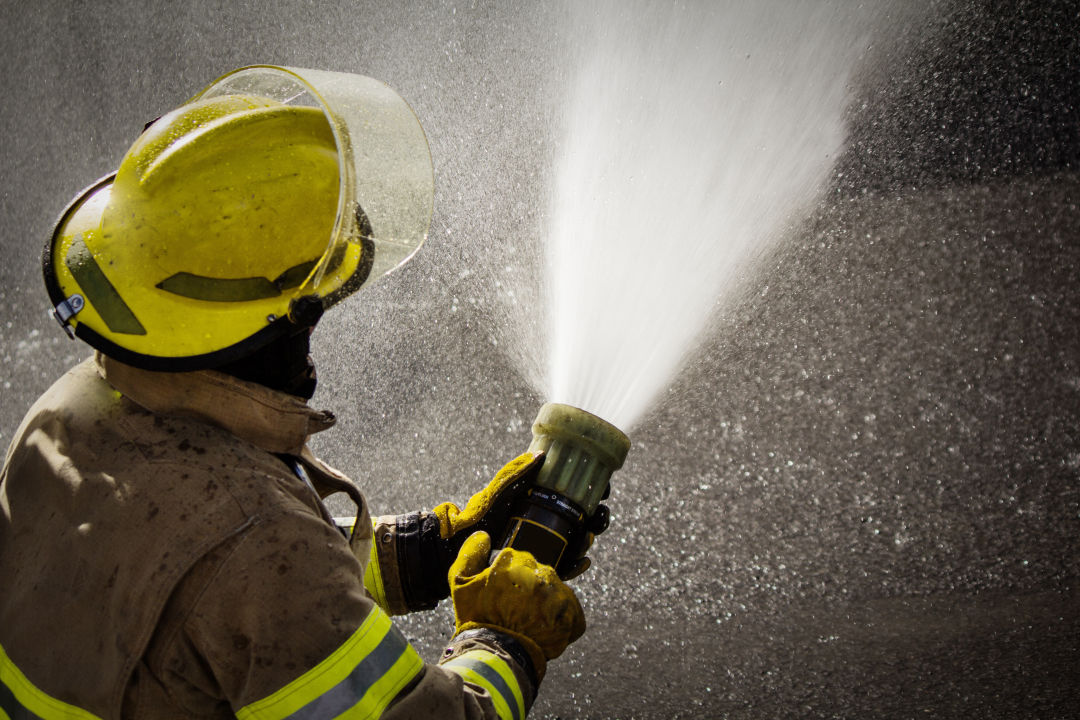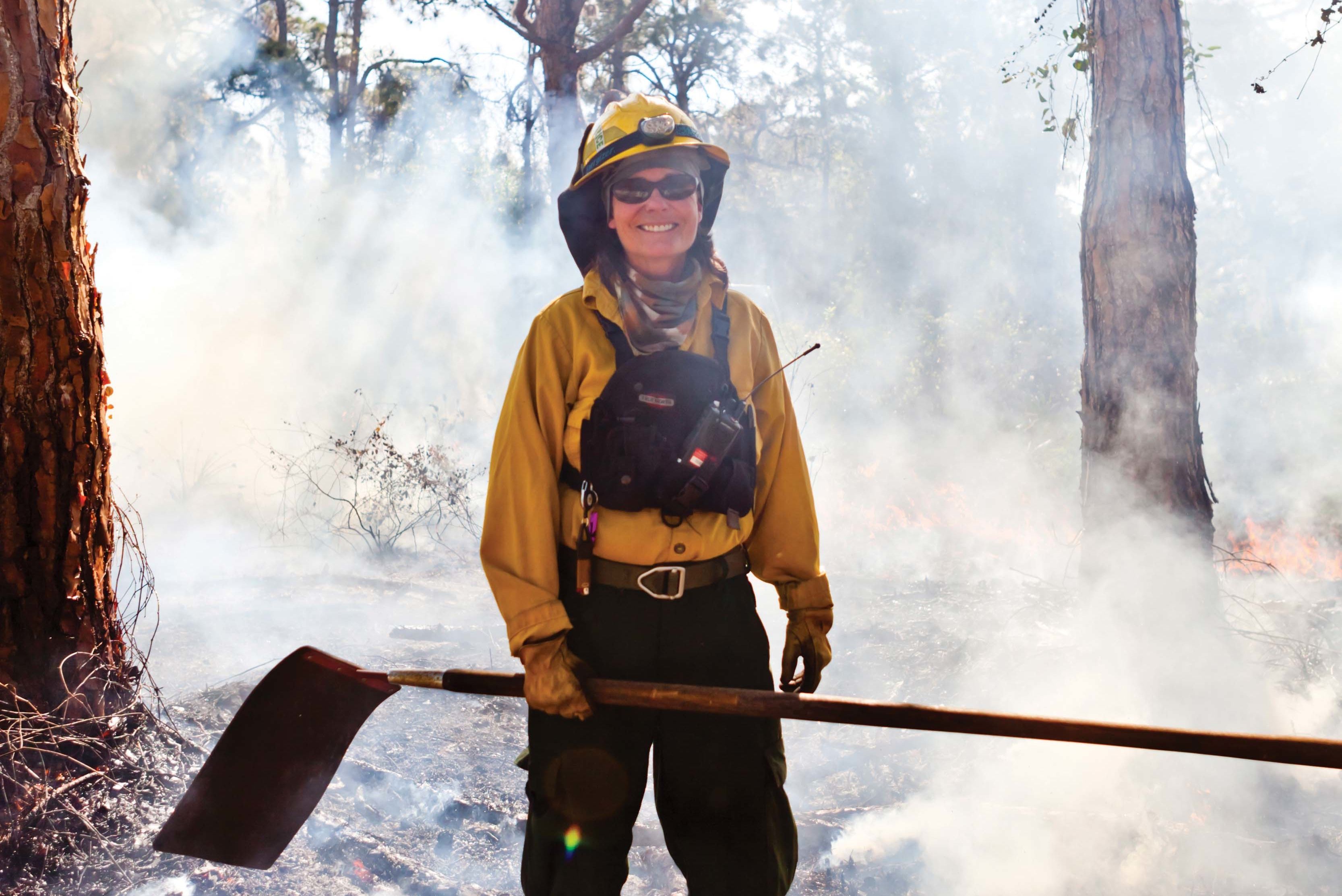How the Fire Department Is Handling Emergencies Safely Amid the Pandemic

Medical emergencies haven’t stopped happening in the time of Covid-19, but the pandemic has added a new wrinkle to the jobs of first responders.
“We’re still running all of the same calls,” says Carson Sanders, the assistant chief and emergency medical services head of the Sarasota County Fire Department. “We run over 60,000 calls a year, even without Covid.”
But the presence of a highly infectious disease means that the fire department has had to enact a thorough and expansive array of new safety procedures in order to mitigate risk for its personnel, as well as the community they serve. There are more than 550 firefighters in the department, and all of them are certified emergency medical technicians. In Sarasota County, the fire department provides ambulance transport (the vehicle is known as a “rescue” in fire department parlance), in addition to handling fires.
The Sarasota fire department was among the first in the state to begin implementing Covid precautions, according to fire chief Mike Regnier. “We had surmised that this was going to happen in early February, just based on all of the information we were receiving from China on the news," he says. "We had been really proactive in policy setting, and in getting all the supplies we needed to handle all calls coming in. We want to make sure our crews are safe and the people in our community are safe. We want to make sure the community knows that if they call 911, they will receive the absolute best medical care we can possibly provide.”
At the beginning of the pandemic, the department dedicated four rapid-response vehicles, operated by firefighters with additional medical training, to respond to non-critical calls with patients who were exhibiting Covid symptoms.
Among the new safety procedures, firefighters now run all calls wearing N95 masks and goggles, in addition to standard medical gloves. Oxygen masks have now been equipped with viral filters to limit droplet dispersal. And the department has shifted away from using anything aerosolized in the back of a rescue. For instance, asthma attacks formerly treated with an albuterol nebulizer are now handled by an intramuscular injection. “That’s actually been an enhancement, and something we’ll actually keep even after Covid,” says Sanders.
At the end of each shift, the stations and vehicles are thoroughly cleaned, and the personnel who are going off-duty shower and wash their uniforms. The new crew, after being temperature-checked, enters a sanitized environment. If a firefighter exhibits symptoms, the department hires a vendor to deep-clean the station and trucks.
Firefighters who test positive for Covid or have contact with someone who's tested positive are quarantined. “In certain periods, we’ve had up to 90 people in quarantine at one time,” says Regnier. “We continue to average around 30 to 40 firefighters in quarantine.” So far, 50 firefighters have tested positive for the disease since the pandemic began.
Those quarantines also mean an uptick in the amount of overtime healthy firefighters are working.
“If you’re on the front lines, everyone is seeing fatigue set in, on top of what everyone else in the world is having to concern themselves with,” says Sanders. “You’re worried about keeping yourself safe so that when you go home, your family is safe.”
“We’re not out of the woods," says Regnier. "We need people to adhere to the recommendations that the CDC puts out. Our firefighters are doing a fantastic job, and we’re thankful for everything they’ve done over these past eight months. One thing we know, our firefighters are very community-oriented, and they take this very seriously.”



